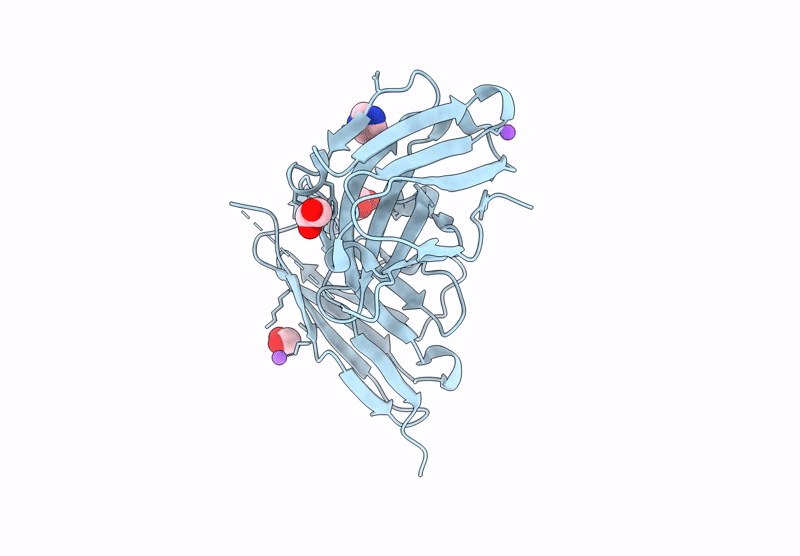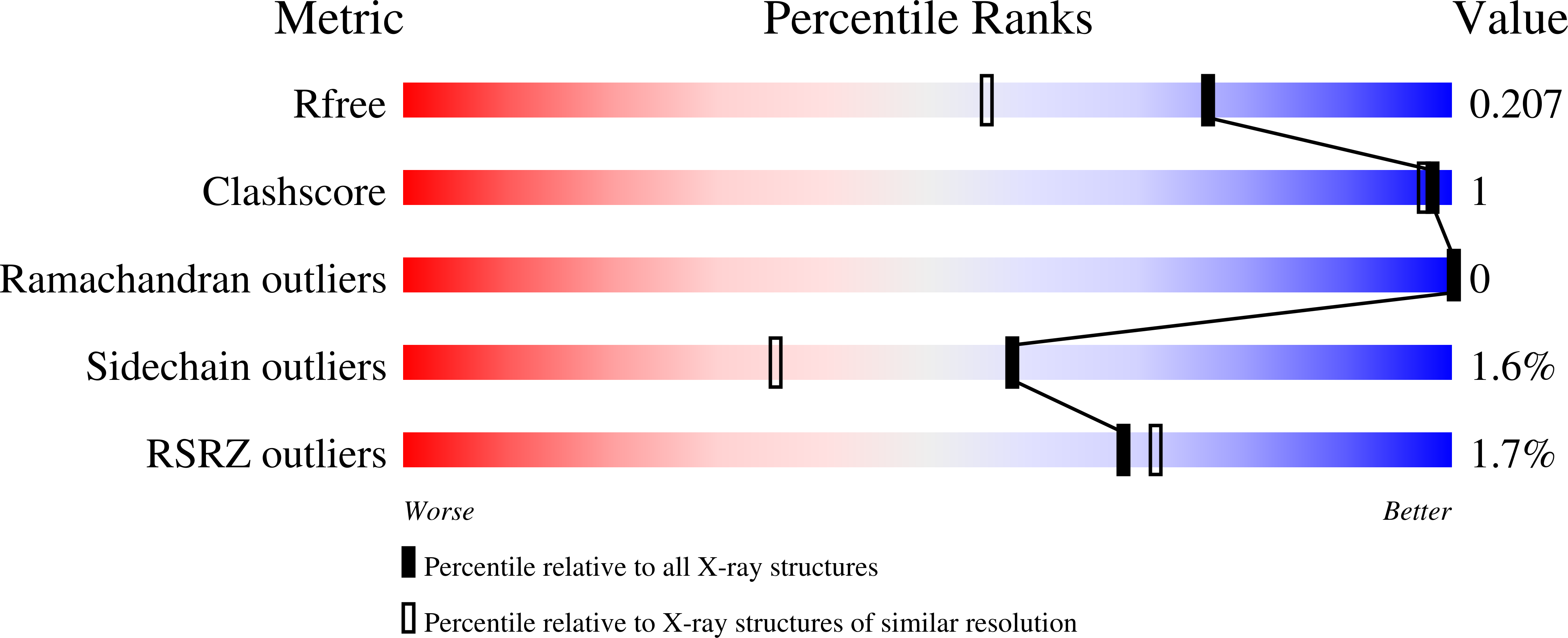
Deposition Date
2025-01-09
Release Date
2025-04-30
Last Version Date
2025-04-30
Entry Detail
PDB ID:
9HY3
Keywords:
Title:
sc-4E (scFv derived from the mAb 4E1 against CD93) crystallized at pH 5.5
Biological Source:
Source Organism:
Mus musculus (Taxon ID: 10090)
Host Organism:
Method Details:
Experimental Method:
Resolution:
1.62 Å
R-Value Free:
0.20
R-Value Work:
0.17
R-Value Observed:
0.17
Space Group:
P 32 2 1


